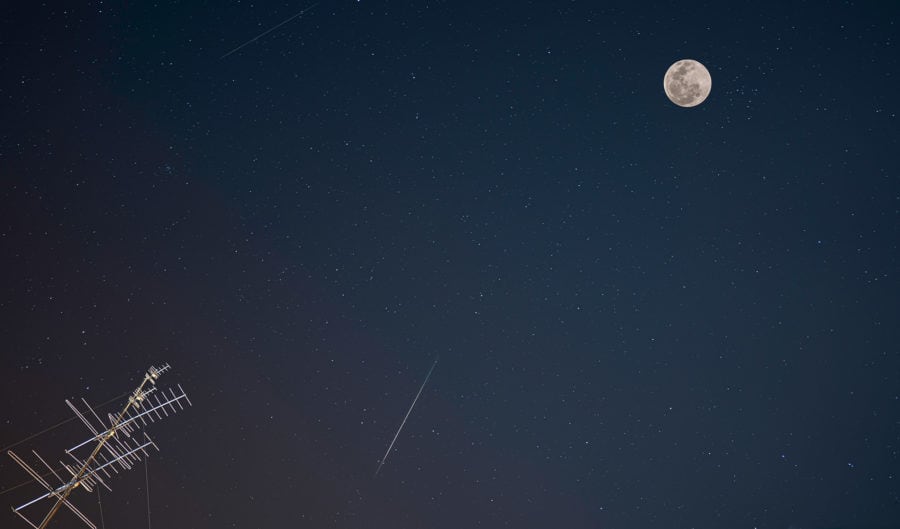Is it safe to go bushwalking?

While many national parks across Australia remain closed in the aftermath of bushfire devastation, popular walking trails such as 1000 Steps in Victoria’s Dandenong Ranges National Park – which hosts hundreds of people every day – is closed for a different reason.
Covid-19 is causing mass disruption to society with no industry immune to the chaos. Chief governing bodies of national parks – home to many of the nation’s best-known walking trails – are closing their doors in accordance with government advice to curb the spread of coronavirus.
The question now stands: is it still safe to go bushwalking in Australia?
Professor Brian Oliver from the School of Life Sciences at the University of Technology in Sydney believes the risk factors associated with bushwalking differs from person to person depending on location, level of social interaction and individual history, but “wouldn’t advise anyone to go to any place with other people that is not absolutely vital”.
“If people are going for half-/full-day bushwalks and the national park is busy, then the risks are relatively high as people from different areas would be congregating and disseminating the virus back to their respective communities,” Brian says.
“If a person has been in self isolation and does not need to interact with a single person, nor will they interact with anyone on their bushwalk, then their risk of contracting the virus or spreading the virus is really low.”
Like any activity, taking basic precautions is a necessity. Washing your hands before you start, following social distancing guidelines while on a trail and bringing your own water bottle are just some practical tips to minimise your chances of contracting the virus.
However, as Brian points out, there are many other commonly used objects in national parks that could be harbouring germs: “Even if other people are socially distanced, the risk might come from something like a gate handle in the carpark [or] the button on a water fountain.
“If you have a garden or a balcony and want to be outside it’s better to do your exercise there.”
While experts are virtually unanimous in their advice, public opinion on the matter differs drastically. Some believe the sheer nature of bushwalking presents an opportunity to further distance oneself from physical interaction and should be fully embraced.
Others are more cautious, saying “it’s not the best time to be adding stress to the health system”, a valid point considering the spread and effects of COVID-19 in Australia are likely to get worse over the coming weeks.
Many think that Australians won’t have a choice in the matter with more restrictions and closures to national parks imminent. “If it’s allowed, it should be encouraged,” one person said on Twitter.
Australian Geographic reached out to the NSW National Parks and Wildlife Service (NPWS) for comment. A spokesperson said they are “closely monitoring the situation and following the current advice and guidance from NSW Health and the Department of Premier and Cabinet”.
The NPWS also advise anyone intending to visit a NSW national park to visit its website before leaving home.



